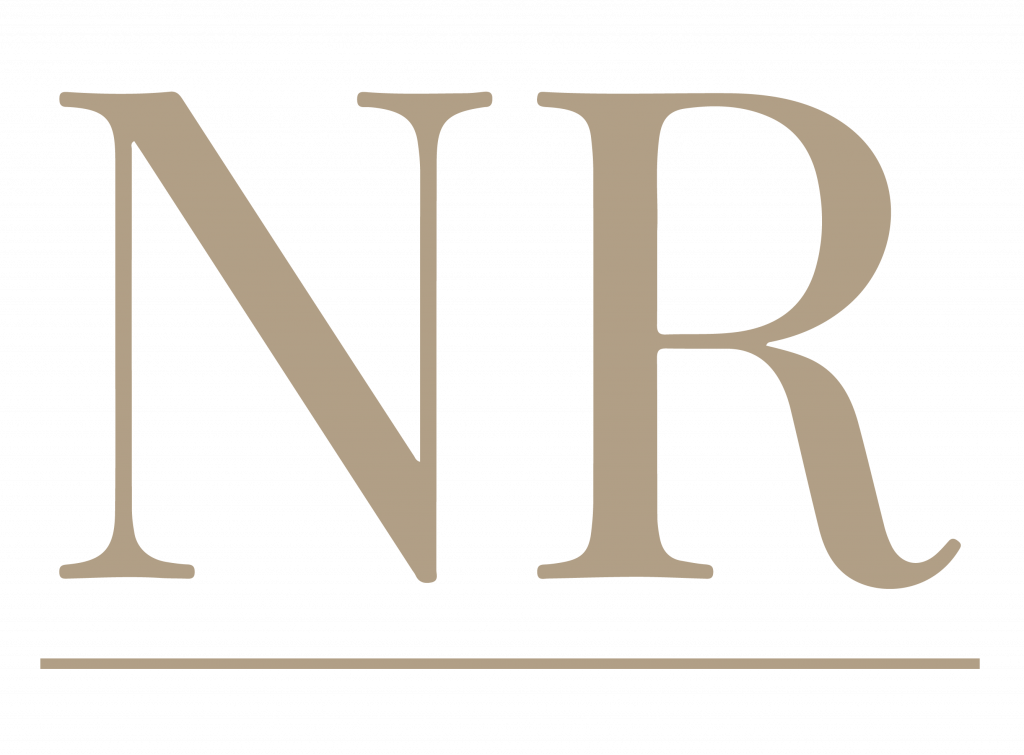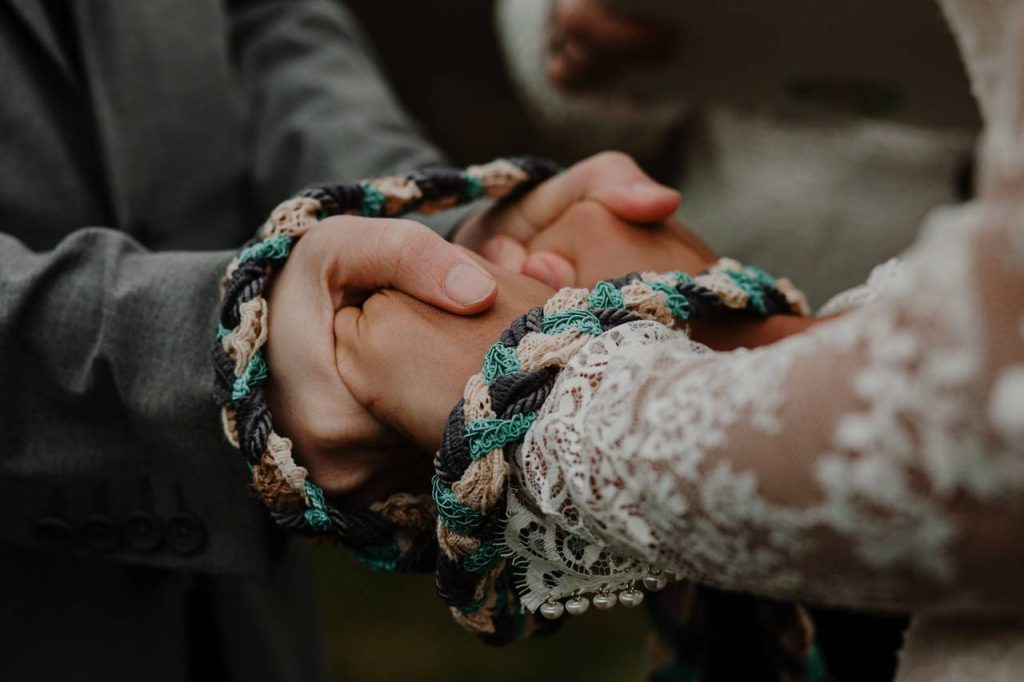A handfasting ceremony is a symbolic ritual that has its roots in ancient Celtic tradition. It is a type of wedding ceremony that involves binding the hands of the bride and groom together with a cord or ribbon, symbolizing their union and commitment to each other. Although handfasting was originally a pagan ceremony, it has become popular among people of various faiths and cultural backgrounds.
The term “handfasting” comes from the Old Norse word “handfesta,” which means “to make a pledge by joining hands.” In the past, handfasting was a temporary form of marriage that could last for a year and a day. At the end of that period, the couple could choose to either end the relationship or make it permanent.
Today, handfasting is a popular wedding ceremony option for couples who want to add a unique and meaningful touch to their special day. The ceremony can be customized to reflect the couple’s beliefs, values, and traditions.
The handfasting ceremony typically begins with a procession of the wedding party to the altar or ceremony location. The couple then joins hands, and the officiant begins the ceremony by welcoming everyone and explaining the symbolism behind the handfasting ritual.
The officiant may then ask the couple to make their vows to each other. The couple can choose to use traditional vows or write their own. They may also exchange rings or other symbols of their commitment at this time.
Next, the officiant ties a cord or ribbon around the couple’s hands, binding them together. The couple may choose to have a family member or friend hold the cord, or they may hold it themselves. The binding of the hands symbolizes the union of the couple and their commitment to each other.
The officiant may then lead the couple through a series of blessings, readings, or prayers, depending on their beliefs and preferences. They may also invite family members or friends to offer blessings or words of wisdom to the couple.
After the blessings are complete, the officiant unties the cord, and the couple may exchange a kiss or a hug. The ceremony concludes with the officiant introducing the newlywed couple to their guests.
While the handfasting ceremony is most commonly used as a wedding ritual, it can also be used to mark other types of commitments, such as a vow renewal, commitment ceremony, or even a handfasting between two people who are not romantically involved but want to pledge their friendship or support to each other.
In conclusion, a handfasting ceremony is a unique and meaningful way to celebrate a couple’s love and commitment. With its roots in ancient tradition, the handfasting ritual offers a beautiful symbol of the couple’s union and a powerful reminder of the promises they have made to each other.
Nik Reeds



